Your Sample Lone Worker Policy Template
This sample lone worker policy template is a great place to start if your organization has new lone workers working within it, or are unfamiliar with the legislative requirements and responsibilities to care for those who work alone.
1.0 Introduction
Use this section to provide background information that helps your employees understand the importance of this policy within your organization. Depending on your jurisdiction, there may be regulations with which you must comply. You may also choose to proactively implement such a policy because you have identified risks that the company is not prepared to accept when it comes to the safety of their employees. Many organizations face push back from employees who fear it is simply a way of tracking their whereabouts. Positioning your lone worker policy in the right light can help you overcome this sentiment and increase employee adoption.
Based on all working alone regulations, there are four key aspects to every working alone policy:
Hazard assessment
Each operating environment in which a worker operates alone must undergo a hazard assessment. Keep in mind that some jurisdictions prohibit working alone in certain conditions such as while performing electrical work or entering a confined space.
Reliable means of communication
No matter where or when your employee works alone, they must have a reliable means of communication at all times in order to signal for distress. Depending on the environment, you may be required to source satellite devices, provide access to a landline/wifi, or two-way radios.
Periodic welfare checks
During the length of time that an employee works alone, it is your duty as an employer to verify the welfare of that employee at periodic intervals. This can be a nearby employee doing a visual check, a call/text between a manager and the employee, or an automated tool such as a smartphone app or man-down device. Whatever method you choose, be sure to properly document these checks on an ongoing basis so you can prove adherence to your policy.
24/7 support for the lone worker
Providing the lone worker with a reliable means of communication is important, but there also has to be someone available 24/7 to answer a call and make sure that employee has checked in at the prescribed intervals. If your managers are too busy to notice a missed check-in, or they have employees that work alone after hours while they are off duty, you must ensure someone is responsible for monitoring check-ins and alerts. This can be someone internally, or a third party like Telelink. If it is an internal employee, be sure he or she understands the importance of this responsibility and that duty of care laws consider he or she to be responsible for the welfare of the lone worker under their watch.
2.0 Definitions
The following definitions are examples only and should be customized for your organization.
Company Vehicle
Any vehicle owned or rented by the company.
Lone Worker
Any employee who operates in absence of other company employees.
Manager
The company employee who is the direct Manager of another employee that is considered a Lone Worker.
Two-Way Communication Device
A tool provided to employees to ensure they have a means of communication throughout their shift. [Click here to learn about smartphone app and device options from Telelink.]
Check-in Interval
A time interval assigned by the company during which a Lone Worker must check-in via the [two-way communication device/smartphone app/cell phone] provided to them.
Escalation Procedure
A procedure followed by the [company/3rd party response centre] when a Lone Worker does not check-in at the prescribed time, or when he/she sends a distress signal.
3.0 Scope
Define the types of employees and/or conditions under which an employee is expected to follow this policy. Keep in mind that some jurisdictions define lone workers as those without direct supervision, not necessarily those that are isolated or alone. Employees that travel, visit customer premises, or encounter the general public during the course of their duties may do so without supervision and therefore could be considered lone workers.
4.0 Responsibilities
Manager/Supervisor
The Manager/Supervisor is responsible for ensuring all employees receive adequate training on this
policy and have access to the tools required to comply with it.
Health & Safety Manager
The Health & Safety Manager is responsible for maintaining the Lone Worker policy, its continuous improvement, and supporting managers with periodic reporting to identify non-compliant employees and opportunities for improvement.
Lone Worker
The Lone Worker is responsible for initiating a working alone session via phone/SMS/app/two-way
communication device provided by the company, and checking in as dictated by the check-in interval.
3rd Party Response Provider
The 3rd Party Response provider responds to missed check-ins and distress signals 24/7/365. They will
follow a custom escalation procedure and assist the company during the management of any emergencies.
5.0 Escalation Procedure
The following procedures are based on the use of a 3rd party monitoring centre. To learn about the advantages of using a 3rd party to monitor your lone workers, read the following article.
1. If the employee does not check-in at the prescribed time, the 3rd party monitoring centre will text, call, and/or message via the two-way communication device.
2. After 15 minutes, if the employee has not responded to the initial message:
a. Call the employee to confirm check-in/closure.
b. If no response, send a second message via the two-way communication device and/or text
3. After 5 additional minutes, if there still has been no response from the employee:
a. Call the 1st escalation contact immediately.
4. If there is no answer for the 1st escalation contact:
a. Immediately call the 2nd escalation contact.
5. If there is no answer for the 2nd escalation contact: a. Immediately call the 3rd escalation contact.
6. If unable to reach 3rd escalation contact, the 3rd party monitoring centre will continue to try to reach the employee, 1st escalation contact, 2nd escalation contact, and 3rd escalation contact, until someone has been reached.
7. When an escalation contact has been reached, he/she will be informed of the steps taken to that point, the last known location, the location of any nearby employees who may be able to assist, and any other relevant data. The contact may request the 3rd party monitoring centre dispatch emergency responders, take other steps, or simply standby for further assistance.
Complete the form to download the above lone worker policy and make it your own!



